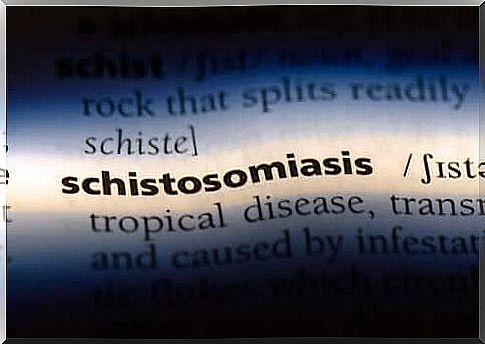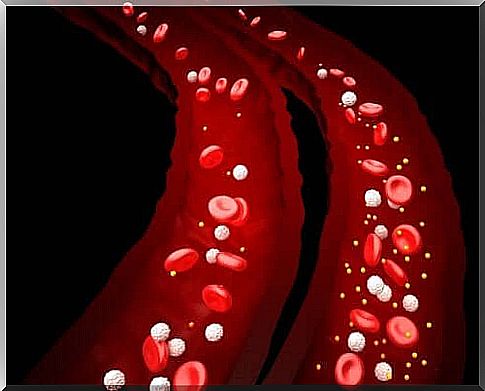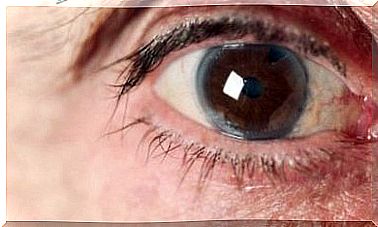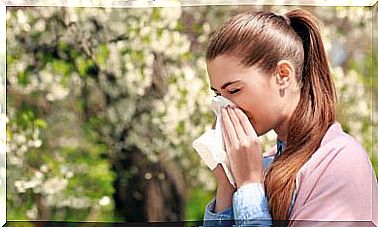Schistosomiasis: Causes, Symptoms And Treatment
Schistosomiasis, also called schistosomiasis, is a parasitic disease caused by freshwater worms. Find out more about this dangerous disease!

Schistosomiasis is a parasitic disease that is transmitted through the schistosoma . It is also known as “schistosomiasis” . Within the biological classification, the parasite in question is a trematode, a type of worm.
The global data on the spread of the disease are striking. Schistosomiasis occurs mainly in Africa, Brazil, and Asia. 78 countries have confirmed the prevalence in their area. Two hundred million people are infected and eight hundred million may be infected.
The last relatively reliable calculations of the deaths caused by the disease were made in 2000, when the World Health Organization estimated two hundred thousand deaths annually. It is believed that this number has decreased due to the increased use of antiparasitic drugs.
Schistosomiasis: a parasitic disease
The causative parasite is the only one in its biological family that is able to penetrate the skin. There are two hosts that host these trmatodes: humans and freshwater snails.
The freshwater snail acts as an intermediate host during transmission. Inside the animal, the schistosoma experiences part of its growth in order to then swim and nestle in humans.
The life cycle runs in the following stages:
- The eggs of the parasite leave a previously infected person through the feces or urine and enter the running waters.
- In the water, the eggs release the parasite in a stage called “Miracidium”.
- The miracidium penetrates the skin of the freshwater snail.
- The parasite grows inside the snail and reaches the so-called “cercaria stage”.
- The cercaria leave the snail’s body and swim in the freshwater courses until they encounter a human. Then they penetrate the skin of their victim.
- In humans , the schistosoma reaches the blood vessels and migrates to the liver. In the liver it matures into an adult parasite.
- The adult parasites are dispersed in the human bloodstream and they reproduce by laying eggs. You can restart the cycle if the human excretes the eggs in the feces or urine. But they can also implant themselves in different organs and cause different diseases.

The symptoms of schistosomiasis
The first characteristic of schistosomiasis as a parasitic disease is the injury that occurs in the place where the schistosoma entered . In this area of the skin there is usually a rash that changes color. In some cases, the rash may not appear for up to a week after penetration.
This is followed by the so-called katayama syndrome; it is the body’s reaction to the eggs of the adult parasites that have reproduced in humans. It appears:
- fever
- General malaise
- Myalgia: muscle pain
- exhaustion
- diarrhea
- Hematuria: blood in the urine
From now on, the infection can become chronic and develop into a permanent parasitosis. The most common chronic forms of the disease are:
- Intestinal tract: The eggs are deposited in the intestinal wall. Diarrhea alternates with constipation and blood in the stool. In severe cases, the intestinal tract can become blocked.
- Liver: The eggs stay in the liver, causing inflammation and enlargement. They can block the hepatic blood vessels leading to portal hypertension.
- Urogenital tract: The eggs are deposited in the urinary tract and blood appears in the urine. As it progresses, nephrotic syndrome can develop, in which the kidney destroys proteins. The deadliest form is kidney failure, when the organ can no longer perform its function.
Treatment of schistosomiasis
Once the parasitic disease is diagnosed, the best medication for schistosomiasis is an anti- parasitic drug. The diagnosis is made by examining the stool or urine under a microscope.
Under the microscope, the eggs of the schistosoma , which have a characteristic shape, can be easily recognized. In some cases, the eggs are not visible until two months after the parasite has penetrated the skin.

The antiparasitic praziquantel is the best drug, scientific studies confirm its effectiveness. It is distributed free of charge by the World Health Organization.
Alternatives such as ivermectin have been suggested, but no scientific study has shown it to be more effective.
Since the infection is related to activity in fresh water courses, especially if the stay in them is longer than thirty minutes, the advice on prevention suggests it.
In areas where the disease is endemic, such as Africa or parts of Brazil, precautions should be taken in waterways where people swim, bathe, fish, or wash clothes. Controlling the fresh water used for agriculture is also important.









